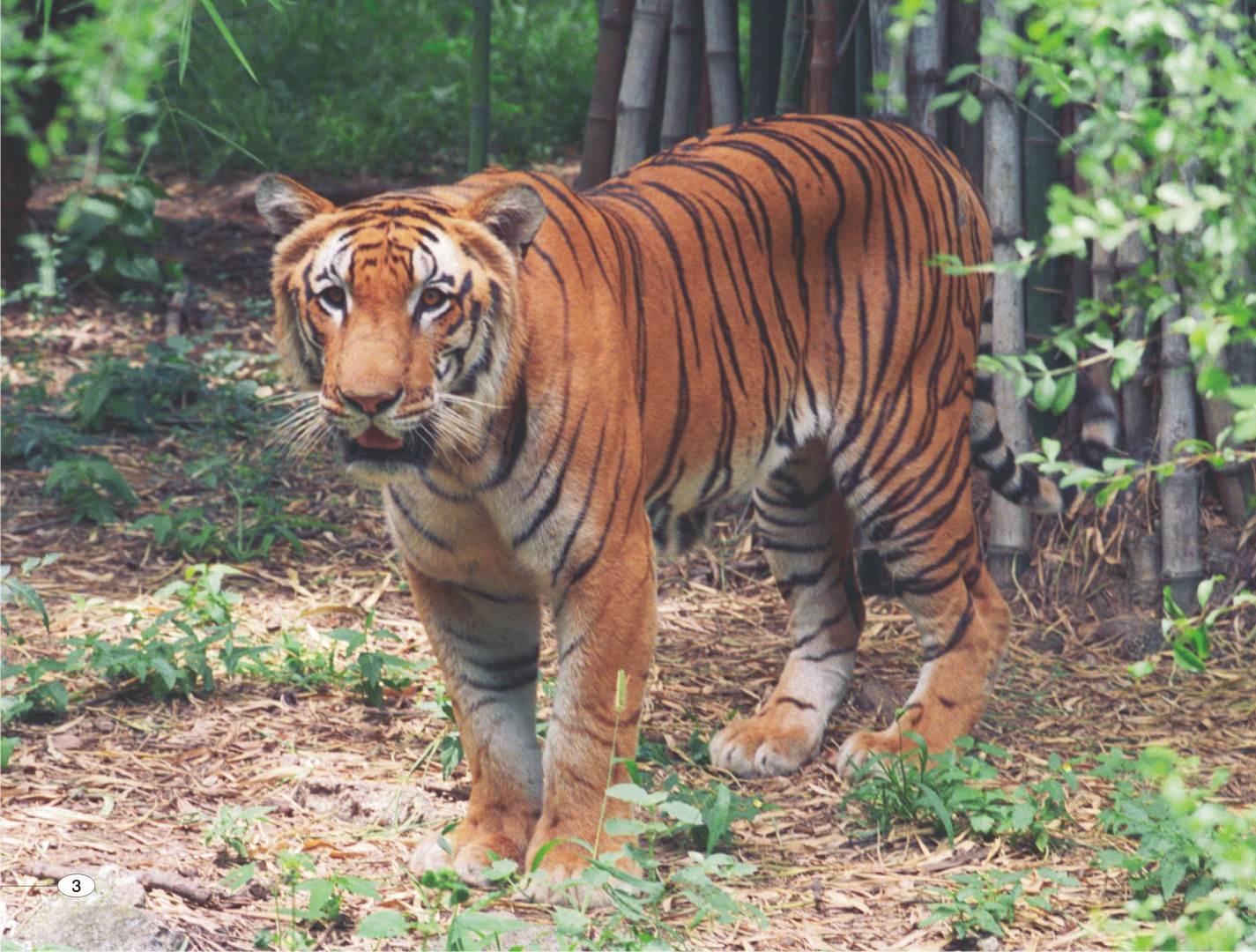
Quest for uranium poses existential threat to Amrabad tiger reserve

The Centre’s nod for uranium exploration in Telangana’s Amrabad Tiger Reserve, the second largest tiger reserve in the country, has raised the hackles among forest officials and environmentalists.
The Union Ministry of Environment, Forest and Climate Change recently gave an in-principle approval for a proposal by the Department of Atomic Energy (DAE) for survey and exploration of uranium over an area of 83 sqkm inside Amrabad Tiger Reserve.
The project was cleared on the ground that it was of “critical importance” from the national perspective to meet the nuclear energy demand.
Last year, DAE officials informed a parliamentary panel that India was facing critical shortage of uranium and was increasingly becoming dependent on imports from Canada, Kazakhstan and Japan.
The DAE’s proposal involves carrying out survey and drilling of boreholes in four blocks of the reserve, of which three are located inside its core tiger protection area.
Home to an estimated 18 tigers and a large variety of wild animals, Amrabad reserve in Nallamala Hills contains high grade uranium.
Set up in 2014, the Amrabad tiger reserve covers an area of 2,611 sqkm spread over Mahaboobnagar and Nalgonda districts. It is the second largest tiger reserve in the country after Nagarjunsagar Srisailam tiger reserve, which is spread over an area of 3,296 sqkm.
The reserve harbours great biodiversity, comprising around 70 species of mammals, more than 300 hundred avian varieties, 60 species of reptiles and thousands of insects, all supported and nourished by more than 600 different plant species.
Also read: At 2,977, India’s tiger population doubles in four years
Resistance from forest officials
However, state forest officials have opposed the survey, saying it would involve “drilling” and other invasive methods.
The Telangana Principal Chief Conservator of Forests P K Jha said that they would not allow any kind of drilling activity unless a full approval is given by the National Tiger Conservation Authority.
Environmentalists argue that uranium mining would destroy a landscape rich in biodiversity.
“The uranium mining will not only kill its wild denizens but also take away the livelihoods of the Chenchu tribes, besides exposing them and hundreds of others to uranium contamination,” said Imran Siddiqui, the co-founder of the Hyderabad Tiger Conservation Society.
TRS, Kavitha silent
Though the ruling Telangana Rashtra Samithi (TRS) leaders, including former Nizamabad MP and Chief Minister K Chandrasekhar Rao’s daughter K Kavitha, had initially opposed the move, neither the ruling party nor the government has so far responded to the approval given by the Centre.
“The uranium exploration and mining in the core area of the tiger reserve will unleash a Frankenstein and create major distrust between the people and the government,” Siddiqui warned.
Also read: From near extinction to healthy rate of growth, the tale of Indian tiger’s survival
Apart from rich biodiversity, the Amrabad forest area provides numerous ecosystem services like being the major catchment of the Krishna, which provides water for the two Telugu-speaking states.
Environmentalists also warn that drilling of 4,000 deep holes in the name of uranium exploration will disfigure the reserve, ruining the wildlife habitat.
Though the DAE sought permission for the survey and exploration of uranium over 83 sqkm, the exact locations of the drilling have not been specified.
Disturbance for wildlife
“The disturbance to the habitat will be immense, even for exploration purpose. The flora and fauna will be adversely affected and a lot of disturbance will be caused for wildlife,” said an inspection report submitted by the Field Director of Amrabad Tiger Reserve.
The environmental impact of mining would include erosion, formation of sinkholes, loss of biodiversity, and contamination of soil, groundwater and surface water by chemicals from mining processes, the report pointed out. The contamination resulting from leakage of chemicals will also affect the health of the native wildlife.
“The exploration will pollute the surface and ground water and leech minerals and dangerous chemicals into the Nagarjunasagar dam,” Purushotham Reddy, an environmental activist, pointed out.
“Erosion of mine dumps, and resultant siltation of drainages, creeks will significantly impact the surrounding areas. In these areas of wilderness, mining may cause destruction and disturbance of ecosystems,” the report said.
It also highlights how in this time of adverse impact of climate change and intense heat waves, these reserves with their rich biodiversity, act as cushion which can absorb the heat.
“We must conserve our wildlife sanctuaries and tiger reserves. Otherwise, we will lose our rich natural heritage. These sanctuaries are sacrosanct space especially at a time when the only way to fight climate change is by conserving and growing more forests,” the executive director of Wildlife Conservation Society of India (WCSI) Belinda Wright said.
Could cause radioactive poisoning
The activists also warned about the dangers of radioactive poisoning arising out of uranium mining. High incidence of congenital diseases has been found in villages close to uranium mining areas in East Singhbhum district of Jharkhand.
Wildlife conservationists also point out that despite large investment of resources, nuclear energy remains a small blip on India’s energy horizon, providing barely 3% of the electricity produced in the country.
Making a strong case for uranium exploration, the DAE, in its report, highlighted that augmenting uranium resources and locating new uranium deposits was needed as the country prepares for a jump towards harnessing electricity through the nuclear route.
India has set a target of generating 40,000 megawatts of nuclear power by 2030. Currently, the installed nuclear capacity in India is 6,780 megawatts.

